Your cat isn’t ignoring you—she’s outsmarting you.
That slow blink? It’s not laziness—it’s calculated trust.
The way she opens cabinets or finds your hidden snacks? That’s problem-solving with flair.
And don’t even get us started on how she trains you to obey her daily rituals.
For too long, cats have been slapped with the “aloof and simple” label.
But science—and anyone who’s shared a home with a feline mastermind—knows better.
Cats aren’t just cute.
They’re cunning, observant, emotionally tuned-in, and startlingly good at getting what they want.
These 16 behaviors prove your cat’s brain is firing on all cylinders—and might just be a few steps ahead of yours.
Problem Solving Prowess
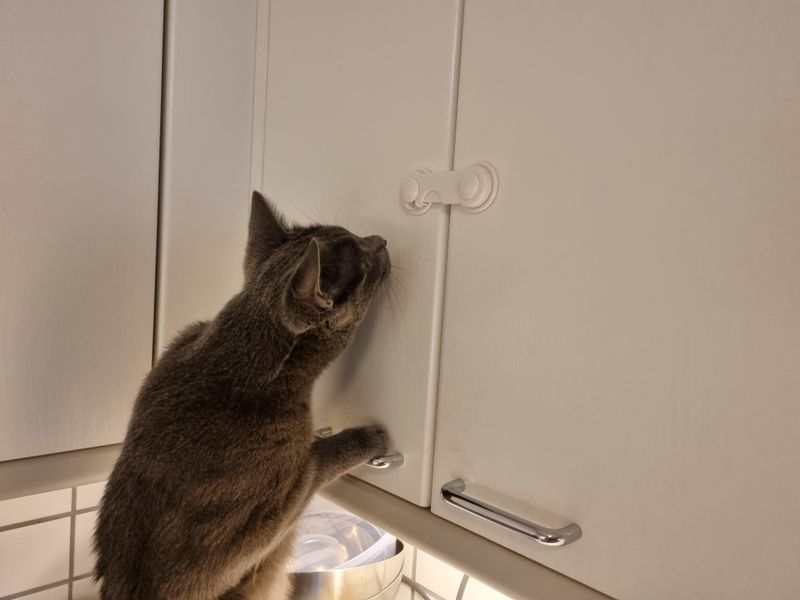
Cats have an innate ability to solve problems. Imagine your feline friend figuring out how to open a cupboard door. Their determined nature and sharp minds allow them to manipulate objects, demonstrating physical intelligence.
In one instance, a cat might nudge a box to reach a treat that seems out of reach. Such examples highlight their capacity to assess situations and act for a desired outcome.
Beyond mere curiosity, this problem-solving ability reflects a deeper understanding of cause and effect, showing just how clever cats truly are.
Emotional Sensitivity
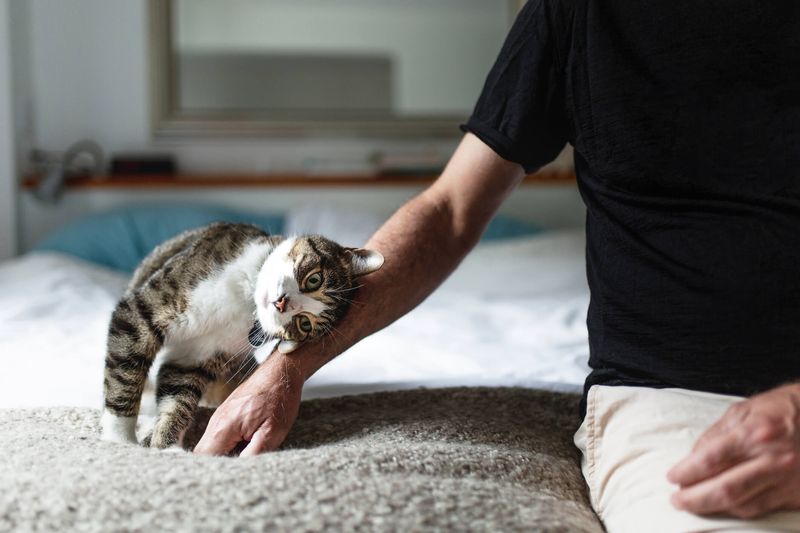
Ever notice how a cat seems to know when you’re upset? This emotional attunement is a hallmark of feline intelligence. Cats often cuddle with their owners during tough times, offering comfort without words.
Their ability to sense human emotions is not just intuition but a complex understanding of social cues. A cat’s purrs and gentle nudges provide solace, reflecting their emotional depth.
Such sensitivity is not learned but innate, showing that cats possess a remarkable empathy often associated with more socially complex animals.
Vocal Communication Skills

Cats are more vocal than many give them credit for. Each meow, purr, and chirp can convey a different message. They’re not just making noise; they’re communicating specific needs or emotions.
In a multi-cat household, you might observe a feline holding a conversation with another, using varied tones. This vocal versatility demonstrates a sophisticated understanding of communication.
Their ability to adapt their vocalizations to interact with humans further illustrates their intelligence, bridging the gap between species.
Complex Hunting Techniques
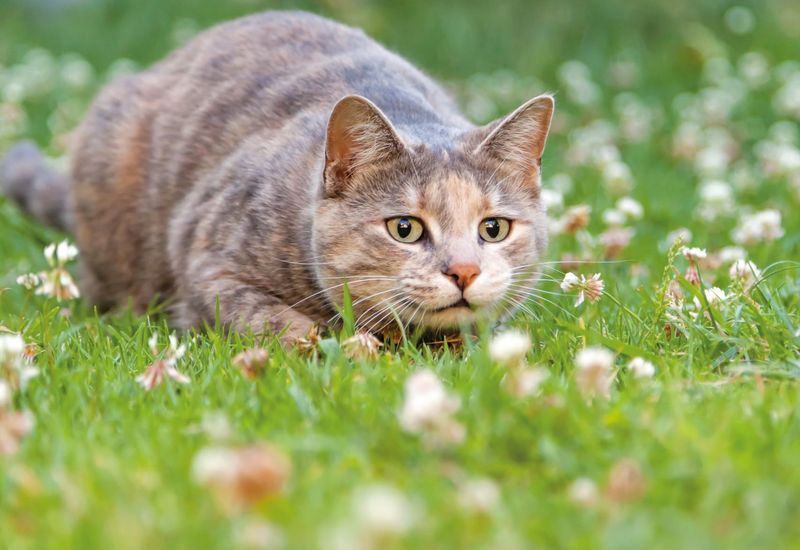
Cats are natural hunters, and their predatory skills reveal their strategic thinking. Watch as a cat stalks, pounces, and captures its prey, whether a real mouse or a toy.
The meticulous planning and execution of a hunt demonstrate not only physical agility but mental acuity. They learn from each attempt, refining their techniques over time.
This ability to adapt and strategize shows that cats don’t rely on instinct alone; they think, analyze, and improve, making them exceptional hunters.
Playful Mimicry
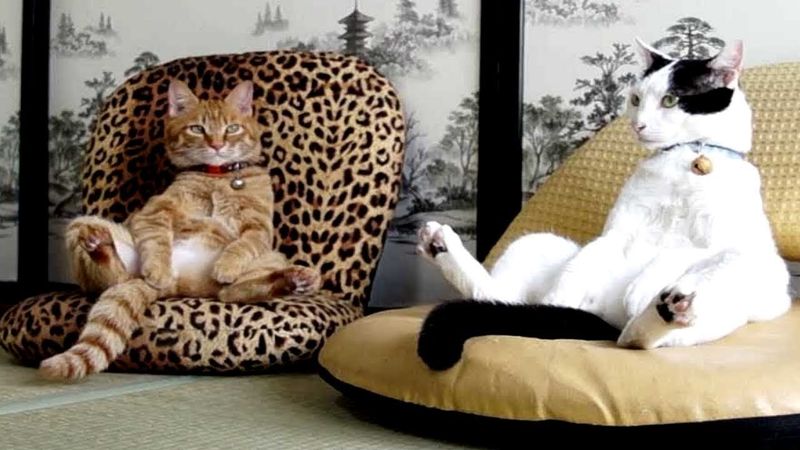
Cats often imitate human behaviors, displaying a surprising level of mimicry. Have you ever seen a cat pretend to type on a laptop or mimic a human gesture?
This playful behavior is more than simple imitation; it’s a form of learning and engagement. Cats observe and replicate actions that intrigue them.
Such mimicry reflects their cognitive abilities, as they recognize patterns and attempt to recreate them, bridging the gap between feline curiosity and human interaction.
Memory and Recall
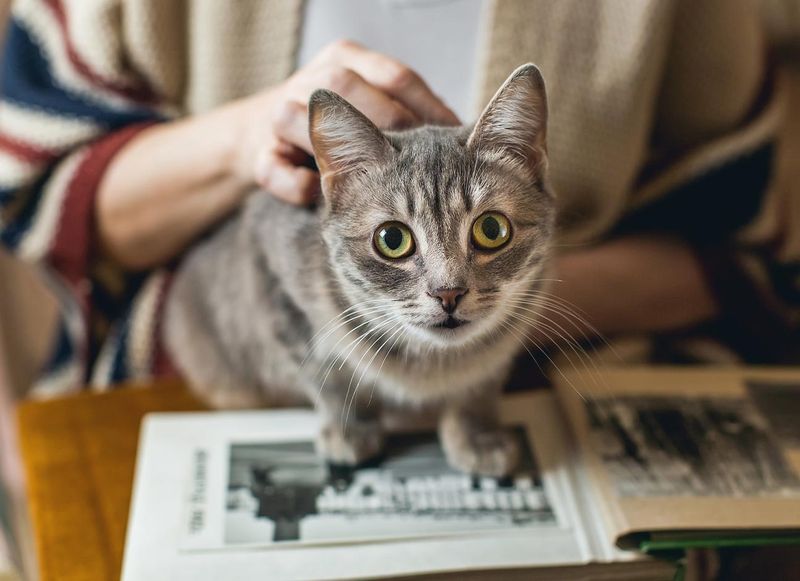
Cats possess an impressive memory, often recalling specific locations, events, or objects. Picture a cat that remembers where it hid a favorite toy months ago.
Their ability to store and retrieve information showcases cognitive skills akin to those seen in primates. This memory aids in problem-solving and learning from past experiences.
Such recall is not only useful for play but also for survival, as cats navigate their environment using remembered details.
Social Hierarchy Understanding
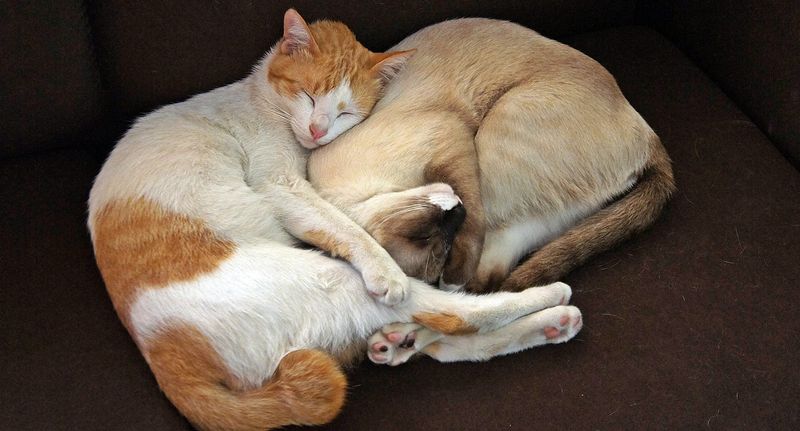
In homes with multiple animals, cats often understand and respect social hierarchies. They know when to assert themselves and when to yield.
Observing a cat navigate these dynamics reveals their social intelligence. They engage in complex social interactions, understanding roles and boundaries.
This awareness extends beyond mere coexistence, as cats form relationships based on mutual respect and understanding, a sign of their sophisticated social skills.
Tool Use
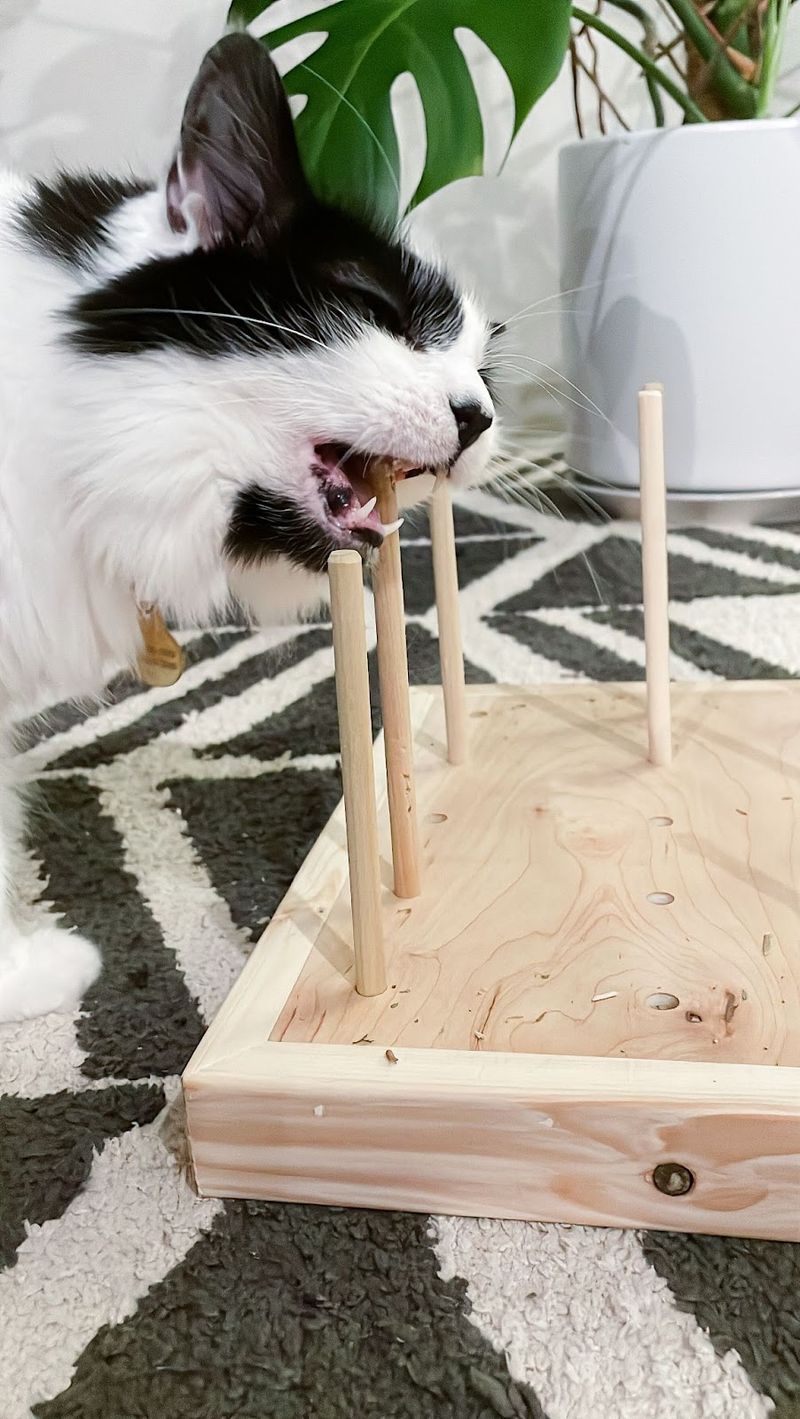
Tool use is rare in the animal kingdom, yet some cats exhibit this behavior. Consider a cat using a stick to reach a toy or food.
This clever use of objects to achieve a goal showcases ingenuity and adaptability. Cats can manipulate their environment to meet their needs, a sign of high cognitive functioning.
Such behavior is not instinctual but learned, reflecting a deeper understanding of cause and effect and a keen intelligence.
Sleep Position Variety

Cats have a knack for finding the most curious sleeping positions. This isn’t merely a display of flexibility but a strategic choice for comfort and safety.
Their varied sleep positions reflect an understanding of their environment, allowing them to rest securely in diverse settings.
By adapting their posture, cats ensure they are ready to react to sudden changes, blending comfort with preparedness, a testament to their survival instincts.
Adaptation to Human Schedules
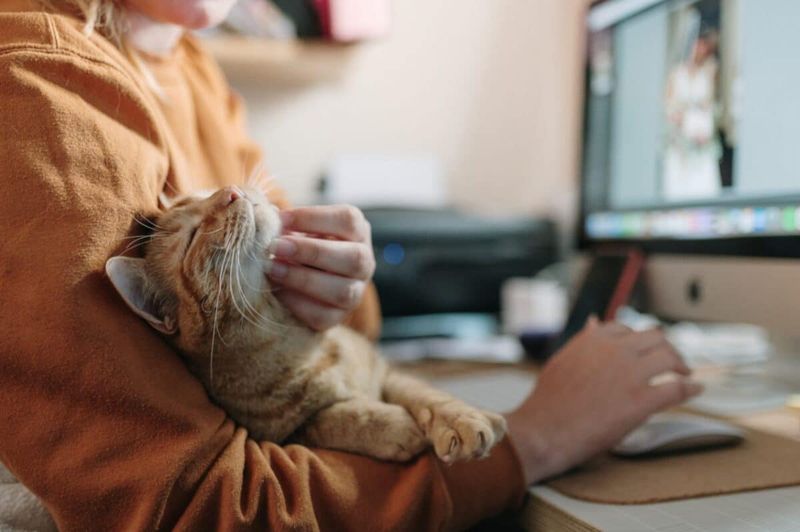
Many cats adjust their routines to align with their human companions. This adaptation shows their ability to observe and respond to patterns.
By aligning their activities with family routines, they engage more fully with their environment. Whether waking up with their owner or anticipating meal times, this synchronization reflects intelligence and social bonding.
Such behavior underscores the cat’s capacity to integrate deeply into human life, balancing independence with companionship.
Understanding Object Permanence
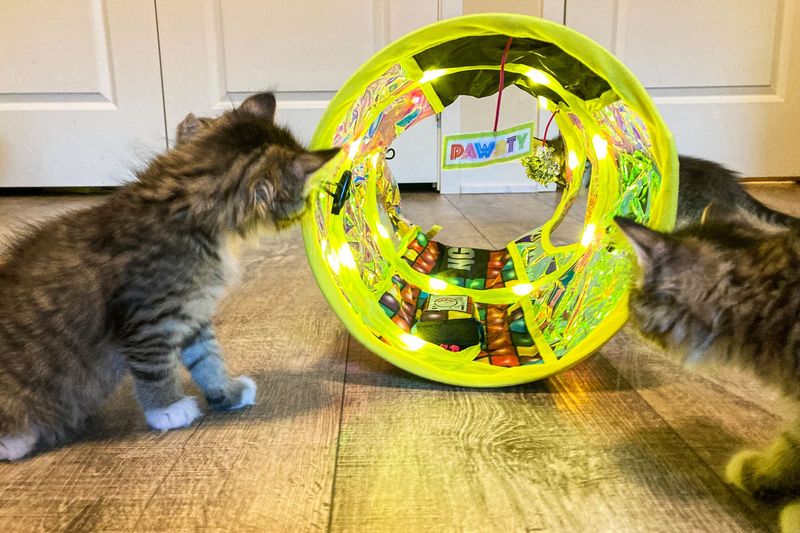
Cats exhibit understanding of object permanence, knowing that hidden objects still exist. This cognitive skill is often tested in young human children.
Observe a cat searching for a toy that’s been covered. Their persistent curiosity and problem-solving reflect an awareness beyond immediate perception.
This grasp of unseen realities shows that cats possess a sophisticated mental framework, understanding more about the world than they reveal.
Facial Expression Recognition
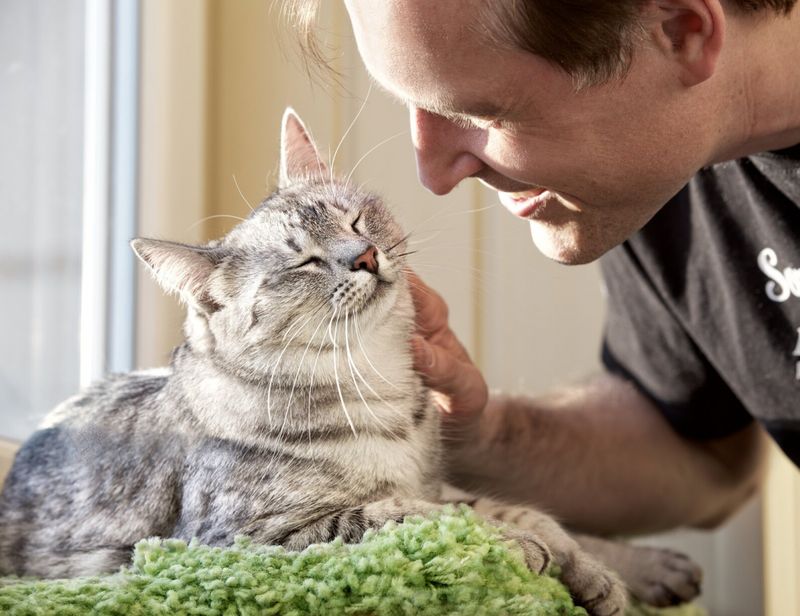
Cats can recognize human facial expressions, reacting to smiles, frowns, and other emotions. This perceptive ability indicates a deep social awareness.
Their responses to human emotions, such as approaching when someone is joyful or retreating when anger is present, show emotional intelligence.
Through close observation and interaction, cats learn to associate expressions with outcomes, enhancing their relationships with humans.
Recognizing Names and Commands
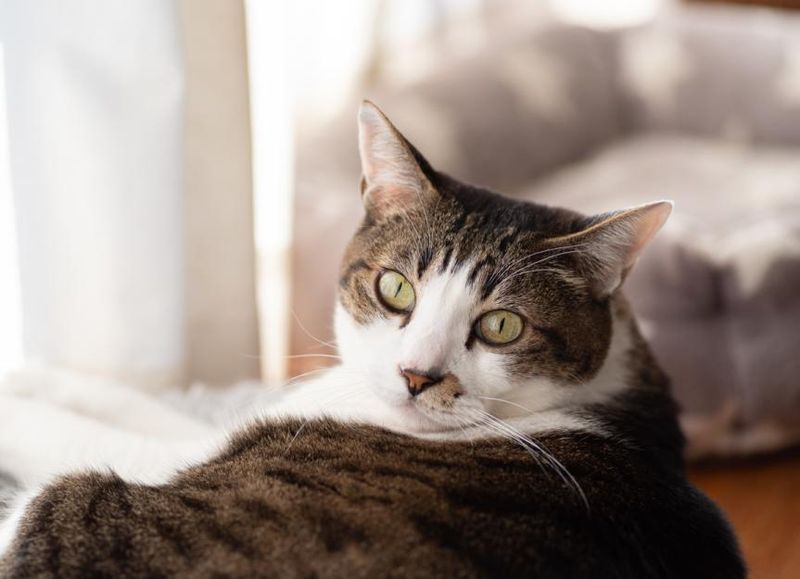
Contrary to popular belief, cats can learn their names and even simple commands. This skill is not just about obedience but understanding.
When a cat responds to being called, it’s recognizing specific cues and choosing to engage. This ability to associate sounds with actions reflects learning and memory.
Such interactions go beyond mere routine, showcasing the cat’s capacity to interpret human language nuances.
Grooming Techniques
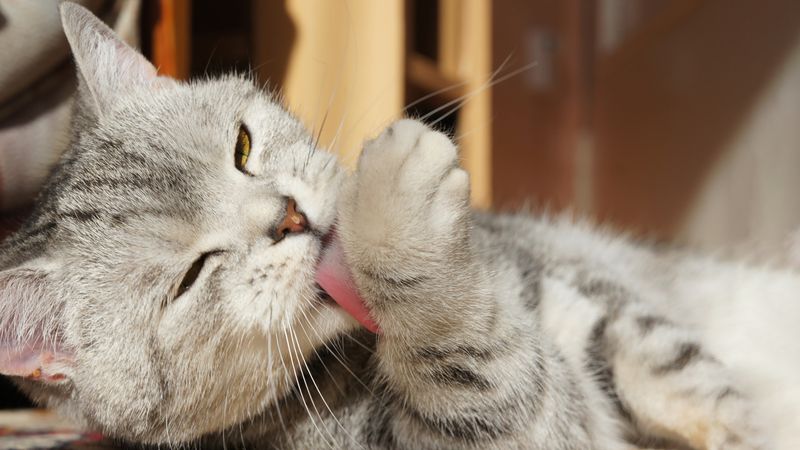
Grooming is more than a mere habit for cats; it’s an intricate process demonstrating precision and care. Each lick and paw swipe is calculated, ensuring thorough cleanliness.
This meticulous grooming reflects a strong sense of self-awareness and physical control. Cats learn and perfect these techniques over time, adapting to their unique needs.
Their attention to detail not only ensures hygiene but also signals a healthy mind, attentive to subtleties and routine.
Complex Play Behavior

Play is a crucial part of a cat’s life, revealing mental agility and physical prowess. Through play, cats engage in complex scenarios, mimicking hunting and social interaction.
Whether batting a ball or chasing a feather, their play is strategic, requiring coordination and foresight. These activities stimulate their minds, honing skills essential for survival.
Such dynamic play showcases the cat’s ability to think critically, adapt, and entertain itself, all hallmarks of intelligence.
Self-Control and Patience
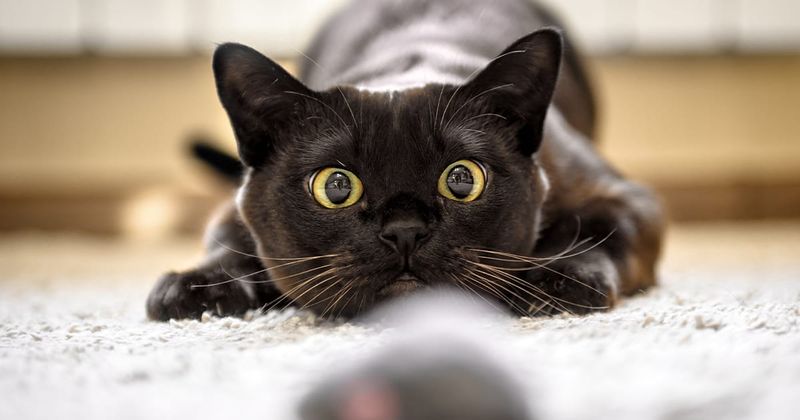
Cats demonstrate remarkable self-control and patience, skills often underestimated in these creatures. Watch as a cat waits quietly, assessing before making a move.
This restraint is not mere laziness but a calculated decision, optimizing success in hunting or play. The ability to pause and plan reflects cognitive sophistication.
Such patience is beneficial both in play and in interactions, highlighting the subtle intelligence that governs a cat’s actions and decisions.

